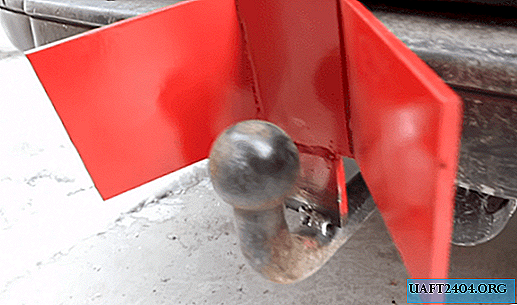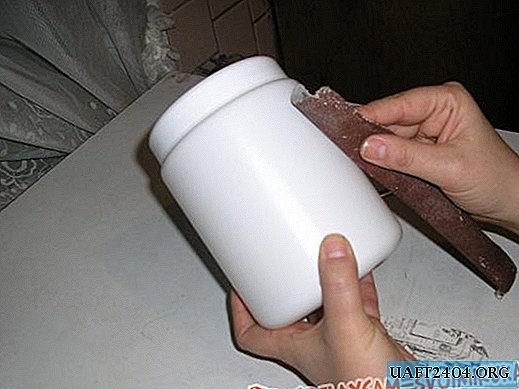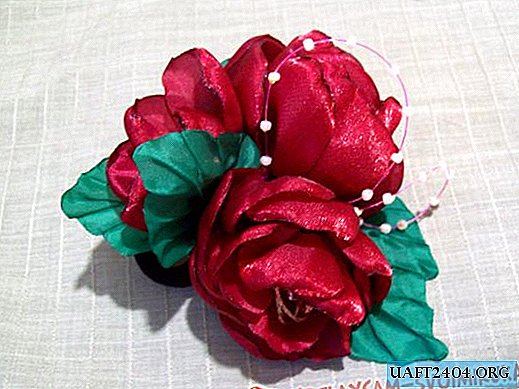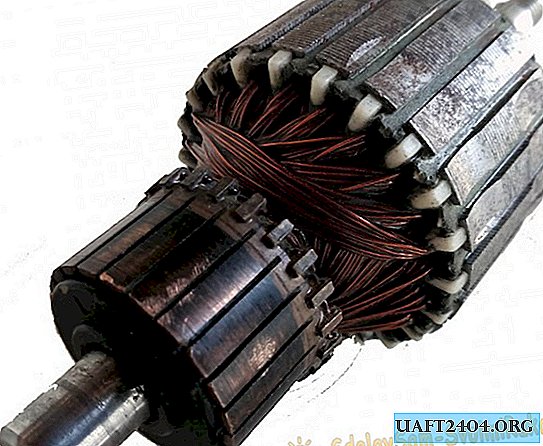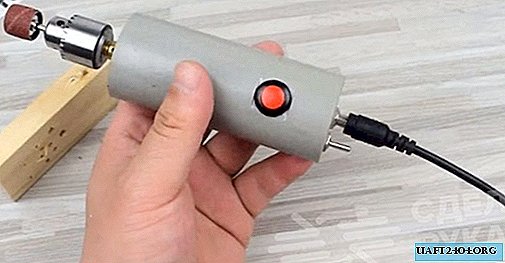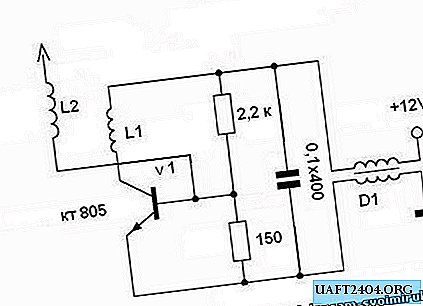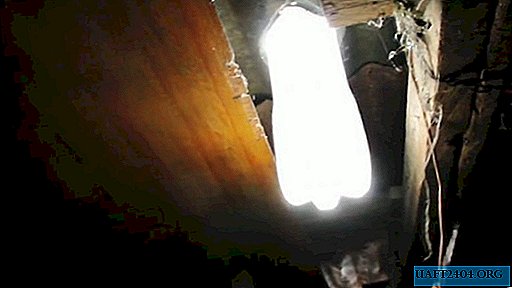
In the old garage, workshop, utility shed or utility room there is always a nook in which there is no light even on the brightest sunny day. Pulling there the wiring to connect the light bulb is impractical, both from the organizational and economic side, and fire safety.
There is a very simple, free and safe way to illuminate such dark corners, which has been successfully and widely used in developing countries of Southeast Asia, Africa and South America for more than 17 years.


To realize it, special knowledge, sophisticated skills, special tools and some scarce, rarely found materials are not required. Every inquisitive person will cope with this work.
Will need
- Plastic transparent bottle for drinks with a volume of 1.5-2 liters;
- Corrugated or flat sheet of galvanized iron;
- rubber sealant;
- bleach (or any liquid chlorine-based product);
- distilled or filtered water;
- sandpaper or wire brush;
- scissors for metal;
- pliers;
- electric drill;
- chisel and hammer;
- cardboard and marker;
- screws, screws, bolts or rivets.
The process of making a solar bulb
It consists of several distinct stages.
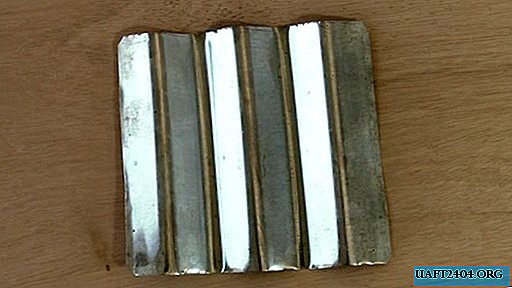
1. We apply two concentric circles to a sheet of smooth or corrugated iron using pre-prepared cardboard mugs (templates), the first of which corresponds to the outer diameter of the bottle at a distance of 1/3 of its neck, the second - 20 mm less.

2. Using a chisel and a hammer on a smaller circle, make a three-sided notch deep into the sheet and bend the formed “tooth” with pliers. The resulting "window" is necessary for the use of scissors for metal and cutting a smaller circle along a previously drawn circle.
3. Using the same metal scissors, we make diametrical notches to the mark of a large circle with a width of about 20 mm. Slightly straighten the sheet in the area of the notches and with pliers we bend them outward by about 45 degrees.


4. Sandpaper or a metal brush we process the outer perimeter of the bottle in the area of its contact with the notches of the corrugated sheet (this is necessary for better adhesion of the sealant to the surface of the plastic container).


5. Apply sealant from the glue gun or simply with a stick around the circumference of the bottle at the point of contact with the corrugated sheet. We put the sheet on the bottle from the side of the neck to the previously applied adhesive belt. After that, repeat the application of sealant and on top of the sheet on the surface of the notches.


6. The sealant is sealed on both sides and evenly distributed to create a tight annular belt. If in some places the sealing compound is not enough, add it from the glue gun.

7. Pour bleach into a plastic bottle at the rate of 2 caps per 1 liter of distilled water. This is necessary so that the water in the bottle does not deteriorate for a long time (does not bloom). Fill the container with clean water and screw the cap tightly.


8. Cut a hole in the roof at the planned location for the outer diameter of the bottle with a chisel, hammer and scissors for metal.


9. Insert the bottle of water and bleach into the hole until a sheet of corrugated iron is fixed on it, degreasing the contact point on the roof in advance, and coating it with glue.


10. Apply sealant around the hole.

We make several through holes along the perimeter of the sheet and fasten it to the roof with self-tapping screws, screws or bolts, rivets.


11. We completely cover the bottle cap with a layer of sealant, which is necessary not only to prevent the evaporation of water, but also to protect the cap from ultraviolet rays, from which it fades, cracks and, finally, crumbles.

Result

Many are interested in the nature of the glow of a solar bulb from a plastic bottle. This is due to the refraction of sunlight in the water and the efficient diffusion of light inside a dark room. The experiments showed that the aperture ratio of a two-liter water bottle approximately corresponds to a 50 ± 10-watt incandescent bulb.


In order for the solar lamp to regularly emit light, it is necessary to monitor the cleanliness of the outer surface of the bottle and periodically remove accumulated dust and dirt from it.



